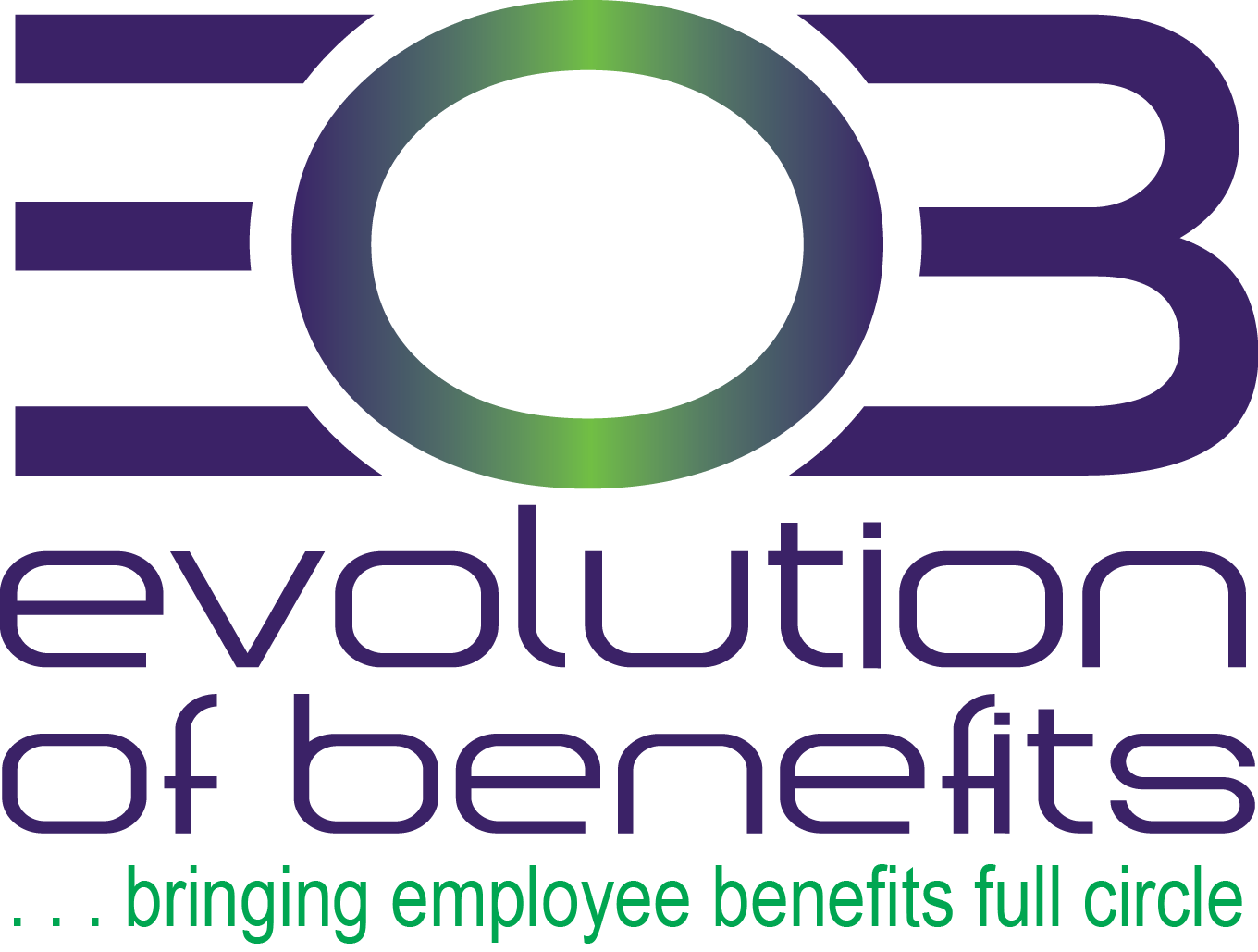Live Well Work Well Newsletter – Flu Season is here

The arrival of the fall and winter months signals many things, including flu season. According to the Centers for Disease Control and Prevention (CDC), flu activity peaks between December and February. It’s likely that flu viruses and the virus that causes COVID-19 will both spread this fall and winter.
Many symptoms of the common cold, the flu and COVID-19 are similar, so learn how to differentiate between them on the next page.
View and download the latest Live Well, Work Well newsletter
Posted on October 31, 2020 by Evolution of Benefits
Diabetes Awareness Month

National Diabetes Awareness Month
While you can’t prevent Type 1 diabetes, you can prevent Type 2 diabetes. Making the following six lifestyle changes can greatly increase your chances of preventing the disease.
View and download the latest National Health Observance newsletter – PDF
Posted on October 31, 2020 by Evolution of Benefits
Happy Halloween!

Wishing you a fun & safe Halloween!
Posted on October 31, 2020 by Evolution of Benefits
How the 2020 Election Could Affect Health Care

The 2020 presidential election could bring significant changes to the U.S. health care system. Democratic presidential nominee Joe Biden and President Donald Trump hold varying views on topics such as the future of the Affordable Care Act (ACA), which the U.S. Supreme Court will consider in November 2020.
The chart below provides a brief overview of each candidate’s health care platform, planned COVID-19 response and stance on the open U.S Supreme Court seat, so that you can better understand how this election may affect the employee benefits landscape.
Posted on October 28, 2020 by Evolution of Benefits
HR Compliance Bulletin 2020 State Minimum Wage Rates

The current federal minimum wage rate is $7.25 per hour. However, many states have adopted minimum wage rates higher than the federal rate. When the state rate and the federal rate are different, employers must pay their employees the higher rate.
Posted on October 28, 2020 by Evolution of Benefits
SBA Issues New FAQs for Paycheck Protection Program Loan Forgiveness

Employers that received loans through the Paycheck Protection Program Loan Forgiveness should review these FAQs carefully as they submit their applications for forgiveness of these loans. PPP loans will be fully forgiven if the funds were used for payroll costs, interest on mortgages, rent and utilities.
Click here to view and download our latest HR Compliance Bulletin
Posted on October 28, 2020 by Evolution of Benefits
Conducting Performance Reviews With Remote Employees

The time we’re living in now is not like any other period from recent memory. Between the COVID-19 pandemic, global economic downturns and lingering job shortages, it’s safe to say that we’re all charting unknown waters. It can seem like entire processes and workflows have gone out the window—sacrificed for the sake of staying afloat. And performance reviews are among the greatest casualties.
Posted on October 28, 2020 by Evolution of Benefits
Live Well Work Well Newsletter – October 2020

An unintentional phenomenon is on the rise—pandemic fatigue. People are tired of staying at home. People want to be the social creatures they inherently are. People want their “normal” back.
This collective fatigue is making some people—consciously or unconsciously—disregard pandemic guidance such as social distancing and mask wearing. Others may be reaching a mental health breaking point.
View and download the October 2020 Live Well, Work Well newsletter
Posted on October 1, 2020 by Evolution of Benefits
HR Brief – October 2020

Employers bear the burden of preventing an employee from completing unauthorized or unwanted work.
Regardless of whether employees are present at a work facility or working from home, here are some ways to enhance workplace culture and connectivity amid social distancing.
Posted on October 1, 2020 by Evolution of Benefits
National Health Observance October 2020

National Breast Cancer Awareness Month
Breast cancer is a disease in which malignant cells form in the tissues of the breast. Research estimates that 1 in 8 women will be diagnosed with invasive breast cancer during her life. It is important to know that men can be diagnosed with breast cancer as well, although only 1% of breast cancer patients are male. While most people are aware of breast cancer, many forget to take the steps to have a plan to detect the disease in its early stages and encourage others to do the same.
Posted on October 1, 2020 by Evolution of Benefits
Client and Employee Resources
![]() The more your employees understand your benefit plans the more they become educated, empowered consumers. The programs you provide will also gain an enhanced value.
The more your employees understand your benefit plans the more they become educated, empowered consumers. The programs you provide will also gain an enhanced value.
As your strategic partners in employee benefits, we can provide multiple avenues of ongoing support, including:
- Employee Meetings (English and Spanish)
- Webcasts
- Payroll Stuffers
- Poster Campaigns
- Newsletters
Recent Posts
- Voluntary Benefits – ERISA Compliance Exemption April 18, 2025
- Evolution of Benefits wishes you & your family a wonderful Easter! 🐣💚💜 April 18, 2025
- Employee Engagement Tips for Small Businesses April 15, 2025
- CMS Finalizes Revised Simplified Determination Method for 2026 Creditable Coverage Determinations April 15, 2025
- DOL Updates Model Employer CHIP Notice April 15, 2025
- HR Insights – Engaging Generation Z in the Workplace April 15, 2025
- Stress Vs. Anxiety April 15, 2025
- Celebrate National Pet Day by giving your furry friend extra love! Show off those pets 🐾💛 April 11, 2025
- Recipe of the Month – Pineapple Chicken (April) April 11, 2025
- Staying Educated on Mental Health Benefits April 11, 2025
Newsletter and Article Categories
E-Verify is a web-based system that allows enrolled employers to confirm the eligibility of their employees to work in the United States. Click the image below to begin.






















